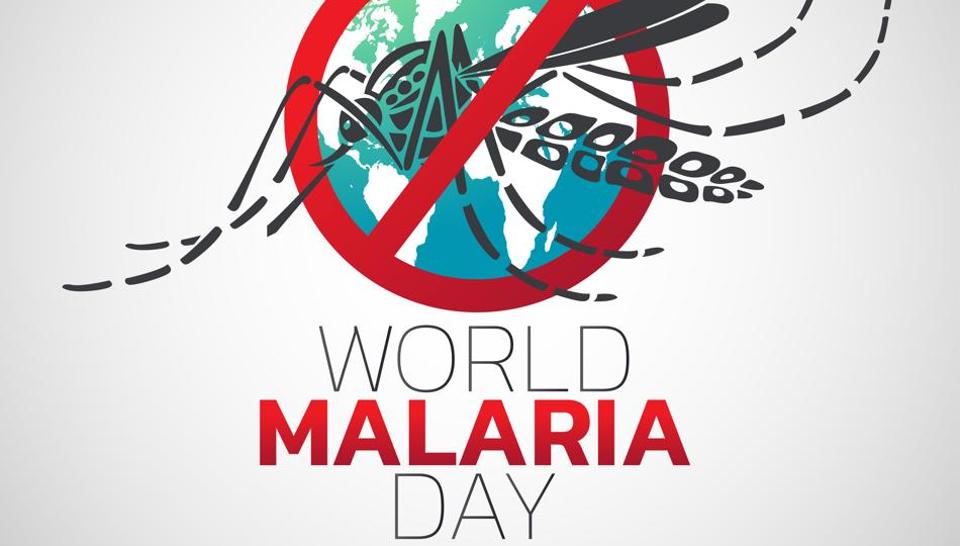World Malaria Day: How to know a child has malaria
Today marks World Malaria Day 2023. Here are signs to know that a child has the ailment to protect them from the illness which could be life-threatening. Malaria should not be taken lightly as two years ago, almost half of the world’s population was at risk of malaria, according to World Health Organization. In 2021, there […]

Today marks World Malaria Day 2023. Here are signs to know that a child has the ailment to protect them from the illness which could be life-threatening.
Malaria should not be taken lightly as two years ago, almost half of the world’s population was at risk of malaria, according to World Health Organization. In 2021, there were nearly 250 million cases of malaria worldwide, with the estimated number of deaths standing at 619,000.
Moreso, the R21 vaccine, developed by the University of Oxford, has already been approved by both Ghana and Nigeria; it is an improved version of the RTS,S vaccine that has already been approved by the WHO. The vaccine is intended for use in children between 5 months and 3 years old, and early indications are that it is 77% effective.
“This is a preventable, treatable disease. No child should die of this,” says Harvard Professor Dyann Wirth. Here are some symptoms of malaria in children.”
African countries must take ownership of malaria vaccine
World Malaria Day: 290,000 die from disease in 2 years
Signs of Malaria in Kids
Symptoms of malaria in children can be similar to the ones that we get to see in adults. But there are some differences in the signs and symptoms that can help distinguish it from other illnesses like Covid-19 and H3N2 influenza. Malaria symptom in children can include:
- Fever
- Chills
- Headache
- Muscle aches
- Fatigue
- Vomiting
- Diarrhoea
In some cases, children with malaria may also have seizures, altered mental status, and difficulty breathing. One of the key differences between malaria in children and adults is the severity of the symptoms.
Children are more likely to experience severe symptoms and complications from malaria than adults. In part, it is because their immune systems are not fully developed, making them more vulnerable to infections. Children with malaria may also have anaemia, which can cause fatigue, weakness, and pale skin. In severe cases, malaria can cause a condition called cerebral malaria, which affects the brain and can cause coma or even death.
Tips to protect kids from malaria
Mothers can take several measures to prevent their children from getting malaria. These measures include:
Using insecticide-treated bed nets
Bed nets that are treated with insecticide can be hung over a child’s bed to protect them from mosquito bites while they sleep. It is essential to ensure that the bed net is in good condition and properly treated with insecticide.
Applying mosquito repellent
Mosquito repellents containing picaridin, or oil of lemon eucalyptus can be applied to the skin and clothing to repel mosquitoes. There are natural mosquito repellents that you can always try.
Wearing protective clothing
Children should wear long-sleeved shirts and pants, particularly during times of the day when mosquitoes are most active.
Avoiding mosquito bites
Mothers should encourage their children to avoid mosquito bites by staying indoors during peak mosquito activity times (usually dusk and dawn), using air conditioning or fans to keep mosquitoes away, and keeping windows and doors closed or screened.
Taking antimalarial medication
If you are travelling to an area where malaria is endemic, mothers should consult with a doctor to determine if their child should take prophylactic medication to prevent malaria, suggests the expert.
Also, one must remember that mosquitoes breed in standing water, so it is important to eliminate them around the house. If you have stagnant water in flower pots, buckets or puddles, it’s time to get rid of it.
